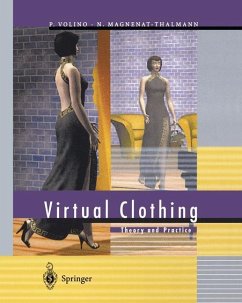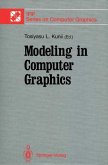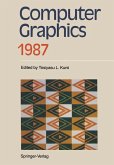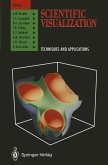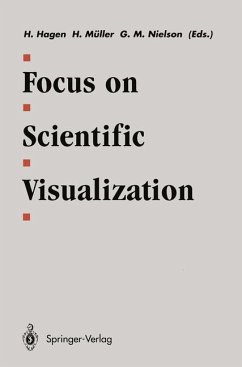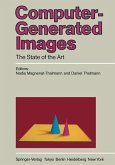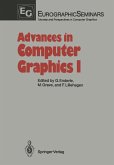In this book, we investigate the problem of simulating clothes and clothing. A range of topics are addressed, from shape modeling of a piece of cloth to the realistic garments on virtual humans. Different situations demand different properties a cloth. Existing solutions, though useful for many applications, reveal that further improvements are required. Cloth modeling has been a topic of research in the textile mechanics and engineering communities for a very long time. However, in the mid 1980s, researchers in computer graphics also became interested in modeling cloth in order to include it in the 3D computer generated images and films. The evolution of cloth modeling and garment simulation in computer graphics indicates that it has grown from basic shape modeling to the modeling of its complex physics and behaviors. Chapter 2 provides a summary of the different methods developed in computer graphics over the last 15 to 20 years. In computer graphics, only the macroscopic properties of the cloth surface are considered. Physical accuracy is given less importance in comparison to the visual realism. However, a trend of employing a multi disciplinary approach has started, and the community of textile engineering and computer graphics have begun to combine their expertise to come up with solutions that can satisfy that of both communities.
Bitte wählen Sie Ihr Anliegen aus.
Rechnungen
Retourenschein anfordern
Bestellstatus
Storno

